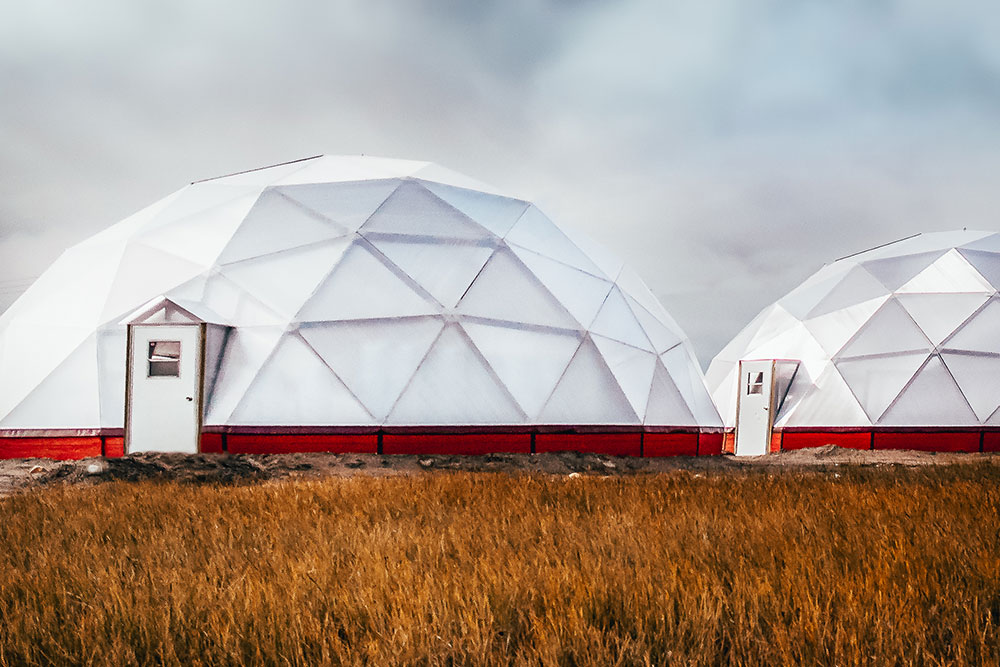When deciding on a location, you need to ensure it is not in close proximity to buildings, trees, or anything that will block sunlight, since these domes need at least 8 hours of sunlight to run efficiently.
When deciding on a location, you need to ensure it is not in close proximity to buildings, trees, or anything that will block sunlight, since these domes need at least 8 hours of sunlight to run efficiently.

